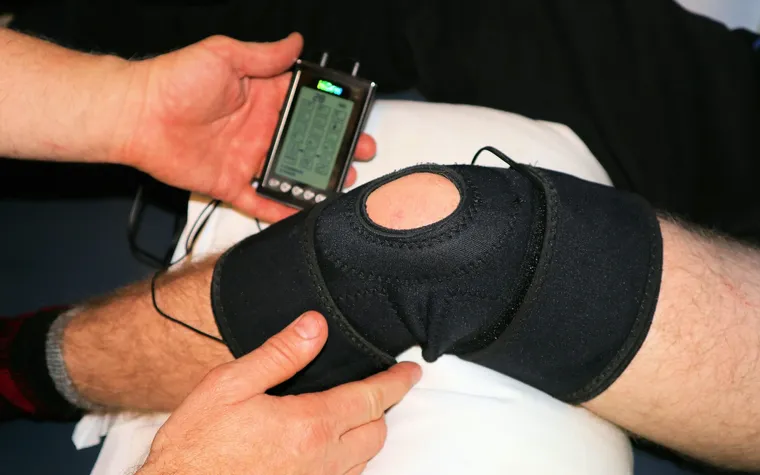Knee pain is a common issue affecting individuals of all ages, from athletes to the elderly. It can result from injuries, arthritis, or everyday strain. The discomfort may range from mild to severe, limiting mobility and affecting quality of life. While knee pain can be frustrating, understanding its causes and treatment options is essential for effective relief. A proactive approach, including proper care and preventive measures, can help manage pain and prevent future complications.
There are various ways to address knee pain, depending on its severity and cause. Home remedies, physical therapy, and medical interventions play a crucial role in alleviating discomfort. Lifestyle modifications, such as maintaining a healthy weight and incorporating strength exercises, can significantly reduce strain on the knees. Over-the-counter pain relievers and anti-inflammatory treatments also provide relief for many individuals. However, in cases of chronic or severe pain, consulting a healthcare professional is advisable.
Common Causes of Knee Pain
Knee pain can arise from several factors, including acute injuries, chronic conditions, and wear-and-tear damage. Some common causes include:
- Injuries: Ligament tears (such as ACL injuries), meniscus tears, fractures, and dislocations can result in knee pain and instability.
- Arthritis: Osteoarthritis, rheumatoid arthritis, and gout contribute to knee joint inflammation and pain.
- Overuse and Strain: Excessive physical activity, improper exercise techniques, or repetitive movements can lead to joint stress and discomfort.
- Obesity: Excess weight puts additional pressure on the knee joints, accelerating cartilage wear and increasing the risk of pain and degeneration.
- Tendonitis and Bursitis: Inflammation of tendons or bursae around the knee can cause swelling and pain, especially with movement.
Effective Knee Pain Relief Strategies
- Rest and Ice Therapy: Resting the knee and applying ice packs can help reduce inflammation and swelling, particularly after an injury or strain.
- Compression and Elevation: Wearing a knee brace or compression bandage can provide support, while elevating the leg minimizes swelling.
- Pain Relievers and Anti-inflammatory Medications: Nonsteroidal anti-inflammatory drugs (NSAIDs) like ibuprofen can provide temporary relief from pain and inflammation.
- Physical Therapy and Exercise: Strengthening the muscles around the knee, improving flexibility, and engaging in low-impact exercises like swimming or cycling help maintain joint function.
- Weight Management: Maintaining a healthy weight reduces stress on the knees, preventing excessive strain and minimizing pain over time.
- Supportive Footwear and Orthotics: Properly cushioned shoes or custom orthotics help improve alignment and relieve pressure on the knee joints.
- Alternative Therapies: Acupuncture, massage therapy, and hydrotherapy can offer pain relief and promote relaxation of the knee muscles.
- Medical Interventions: Corticosteroid injections, hyaluronic acid injections, and surgical options like arthroscopy or knee replacement may be necessary for severe cases.
Preventing Knee Pain
Prevention is key to long-term knee health. To reduce the risk of knee pain, consider the following tips:
- Warm up before engaging in physical activities and incorporate stretching exercises.
- Strengthen your leg muscles, particularly the quadriceps and hamstrings, to provide better knee support.
- Use proper techniques when exercising or lifting heavy objects to avoid unnecessary strain.
- Avoid prolonged sitting or standing and take breaks to stretch and move throughout the day.
- Stay active with low-impact exercises that promote joint mobility without excessive stress.
Conclusion
Knee pain relief requires a multifaceted approach that includes lifestyle modifications, self-care, and medical treatments when necessary. Understanding the underlying cause of knee pain is essential for selecting the best treatment strategy. By incorporating preventive measures and targeted therapies, individuals can improve mobility, reduce discomfort, and enjoy a pain-free life. If knee pain persists or worsens, seeking professional medical advice is crucial to avoid complications and ensure long-term joint health.

